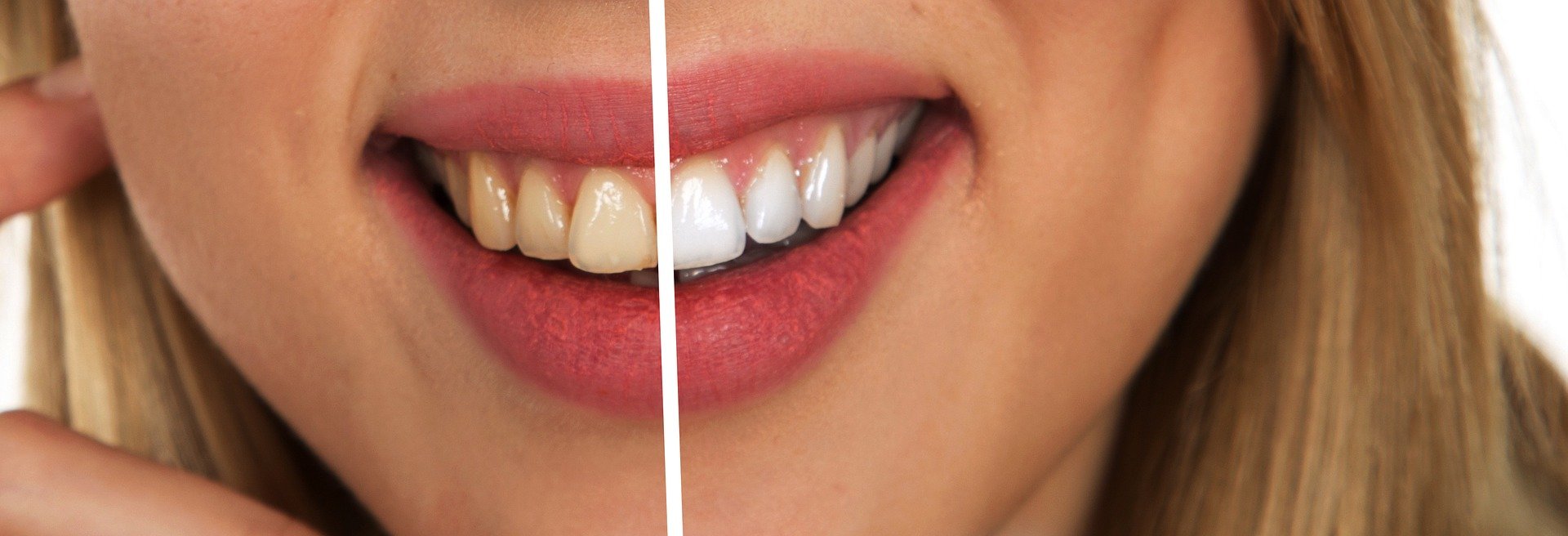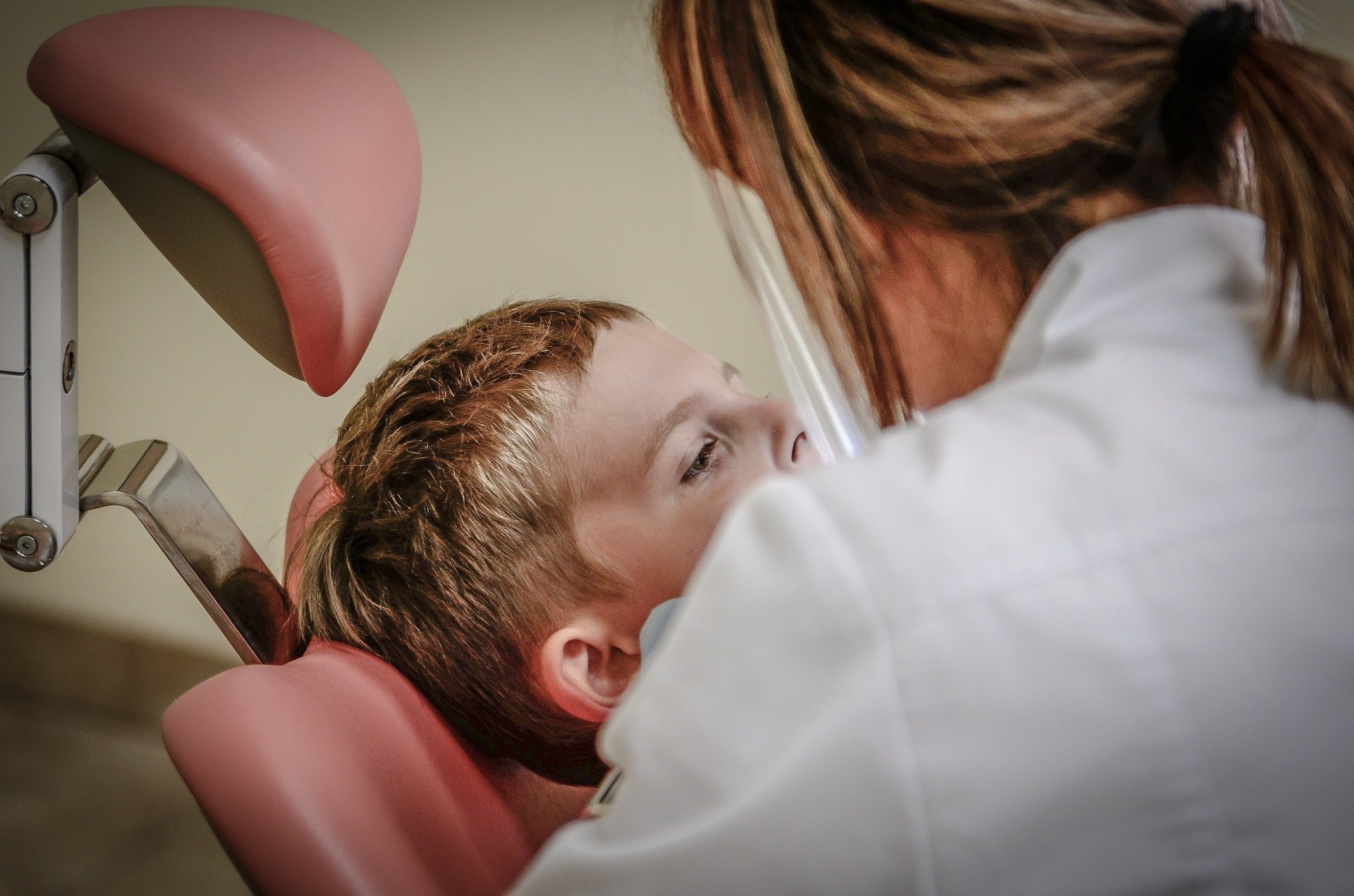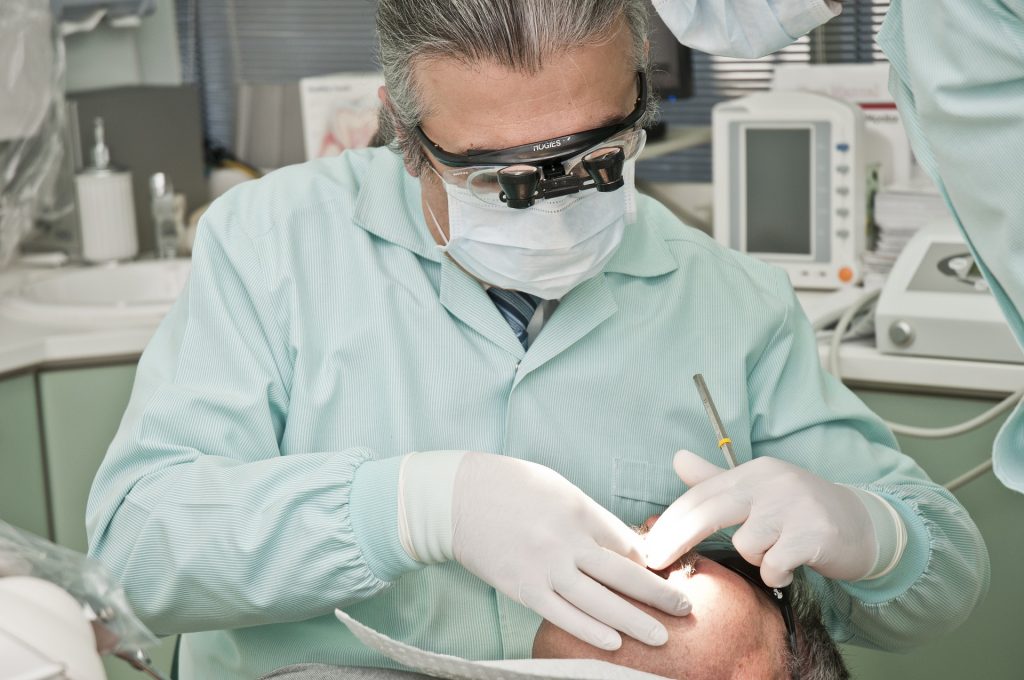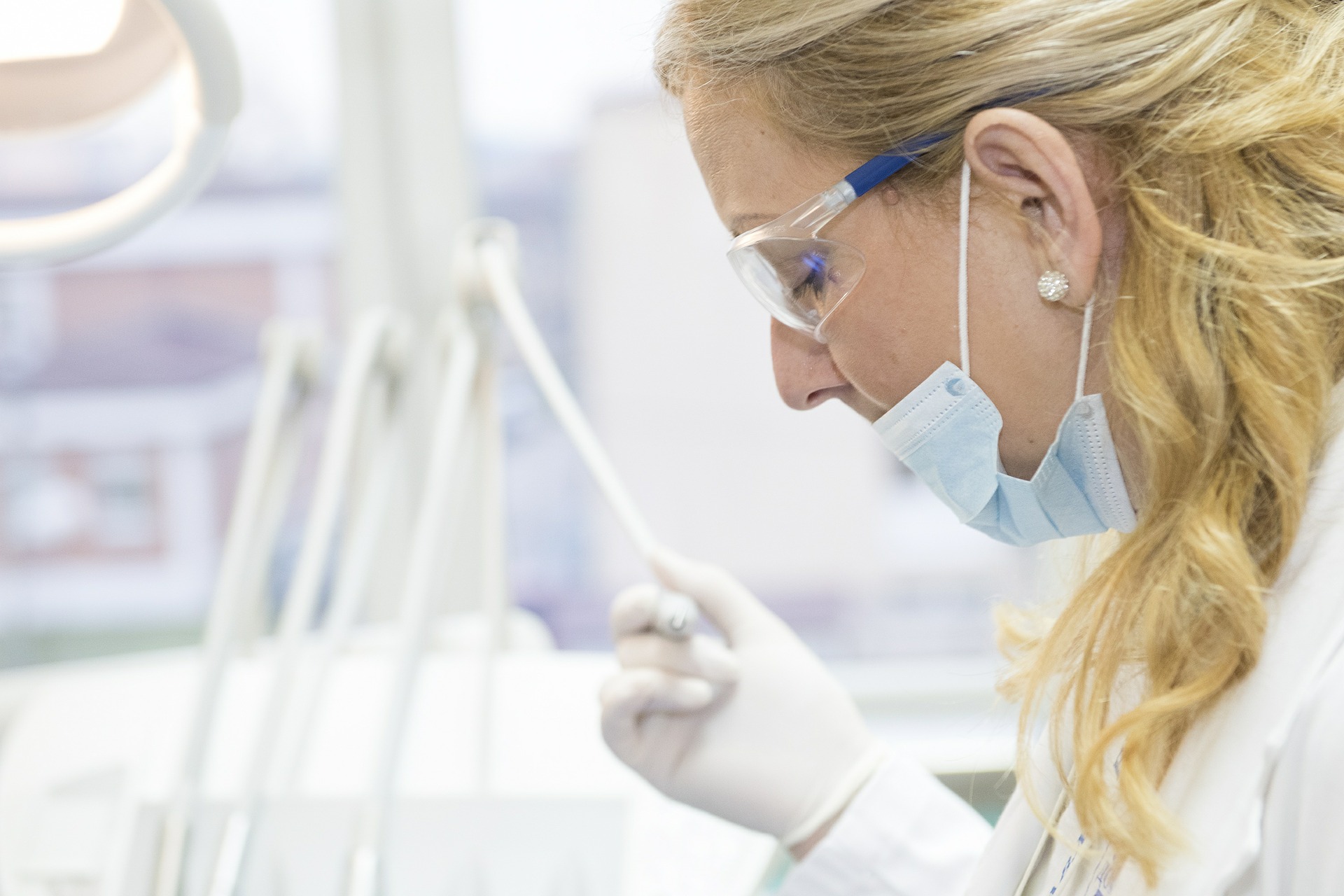Take Care Of Your Smile:
Care during and after orthodontic treatment
Proper oral hygiene must always be performed, but this must be even more rigorous when wearing an orthodontic appliance. By wearing retentive elements, the remains of food are deposited more easily between the teeth, which contributes to the formation of cavities and / or inflammation of the gums due to the accumulation of bacterial plaque and tartar in these elements.
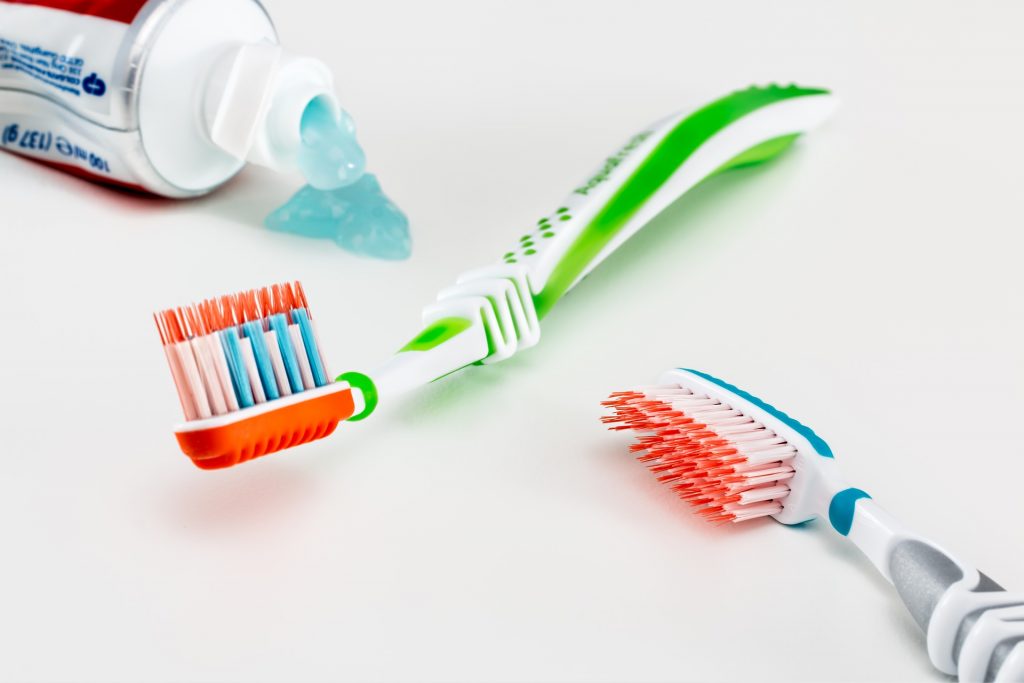
The oral care to be carried out will depend on the type of appliance that is worn. We are going to detail a series of tips for care and hygiene, depending on the type of orthodontics:
– Removable appliance (active plates or Invisalign):
It is the most comfortable orthodontic treatment and that least affects the retention of bacterial plaque, since the teeth will be freed of cemented attachments on them. Therefore, hygiene will be carried out in the usual way, after each meal, removing the device from the mouth. It is also important not to forget to maintain proper hygiene of the appliance while it is not in the mouth.
– Fixed appliance (brackets):
Hygiene is difficult since the teeth have brackets attached to their external or internal part and there are also the metal arches that join them. We must insist on cleaning the small gaps that remain between brackets-teeth and arches. We will do this with interdental brushes and with silk junipers. If we use a manual toothbrush, we must use a specific V-shaped orthodontic brush with a small head and filaments of a soft or medium hardness. Place it perpendicular to the tooth surface and carry out rotary movements. We will have to incline the brush to clean all the surfaces of the tooth. The area between the bracket and the gum is very important, where a large amount of food accumulates. Brushing the bracket it must be done gently: first in the front part and then in the upper and lower area that is in contact with the teeth.
If we use an electric toothbrush, the procedure is the same, only you have to let the brush perform the rotary movement.
In addition, special attention must be paid to the nutritional diet during orthodontic treatment:
– Avoid sticky and / or high sugar foods (gum, candies, sweets)
– Avoid drinks that cause staining of the teeth (coffee, tea, red wine)
– Avoid hard foods to reduce the pressure on the appliances (nuts, pitted olives, ice)
– Drink enough water to eliminate waste and avoid bad breath.
– Do not eat bites, but cut the food into small pieces before putting it in the mouth and then chewing it with the molars.
After orthodontic treatment, if there is not good care of the teeth, bad occlusions can return, and the teeth can return to their initial position. To avoid the reappearance of dental malformations, we recommend the adoption of daily hygiene habits and the use of retainers.
Once the orthodontic treatment is finished, oral hygiene is similar to that of any other patient, but the use of orthodontic retainers is also very important: devices that provide stability to the results obtained during orthodontics.
We not only want well-aligned teeth, but also healthy teeth. That is why it is so important to maintain proper care and hygiene during and after orthodontic treatment.
How to take care of teeth with braces
If your child (or yourself!) Wears orthodontic appliances, whether removable or fixed (braces), it is very important that you make him understand that taking good care of them and following the dentist’s instructions to the letter will help him the treatment is not prolonged. It is true that the little ones can find it difficult to follow all the indications, since it requires more effort to clean the teeth with appliances than without them, but it is important to insist so that the orthodontics can be removed as soon as possible. Here we leave you a series of cares and recommendations to show off an impeccable mouth during the duration of the orthodontic treatment.
Oral Health Tips for Orthodontics:
If the appliance is removable, it is best to remove it from your mouth every day to clean it thoroughly. It should be brushed until all residues are removed and then rinsed well with water. You can also use cleaning tablets with specific components that help to easily remove food debris, residues and bacteria that may accumulate from use.
If the appliance is fixed , it is necessary to be very careful with oral hygiene, since the remains of food can accumulate more easily than in removable ones. You have to brush your teeth after every meal and especially after taking products with a lot of sugar. It is highly recommended to use a brush with V-shaped filaments, as they adapt to the shape of the brackets and eliminate bacterial plaque and food debris. It should be checked that the spaces between the teeth and next to the brackets and bands have been completely clean. To supplement hygiene, you can floss after brushing or use interdental brushes and rinse daily with a mouthwash. This procedure will take longer than brushing teeth without braces, but it is important to make the effort so that the brackets can be removed in the established time and it is not necessary to extend the treatment any longer. The better they take care of themselves, the faster they can be removed.
Adolescents and oral health
Foods to Avoid:
There are some foods that should be avoided while the treatment lasts:
– Hard foods, such as nuts or stale bread.
– Sticky foods, such as candy or gum.
– Be careful with pitted olives and ice.
– When eating sandwiches or raw vegetables and fruits (such as carrots or apples) it is best to cut them into small pieces that are easier to chew.
Care of orthodontic appliances:
If the appliance is removable, you have to be very careful with knocks. A deformed device is useless! It is also important to make sure where it rests when it is not in our mouth to avoid losses and not take it off for longer than necessary so that the treatment is not interrupted.
With the fixed ones, it is necessary to avoid bending the wires or detaching parts of the device. Nor should we bite hard objects such as pencils or pens, or use toothpicks. At first, it will be more difficult to eliminate some habits that we are used to and that can be harmful, but it is important to bear in mind that it is a treatment that must be taken care of for a long period of time and that we cannot be irresponsible if we want to show a nice smile as soon as possible. If you notice any deformity in the device or any part comes loose, you should go to the dentist as soon as possible to fix it.
